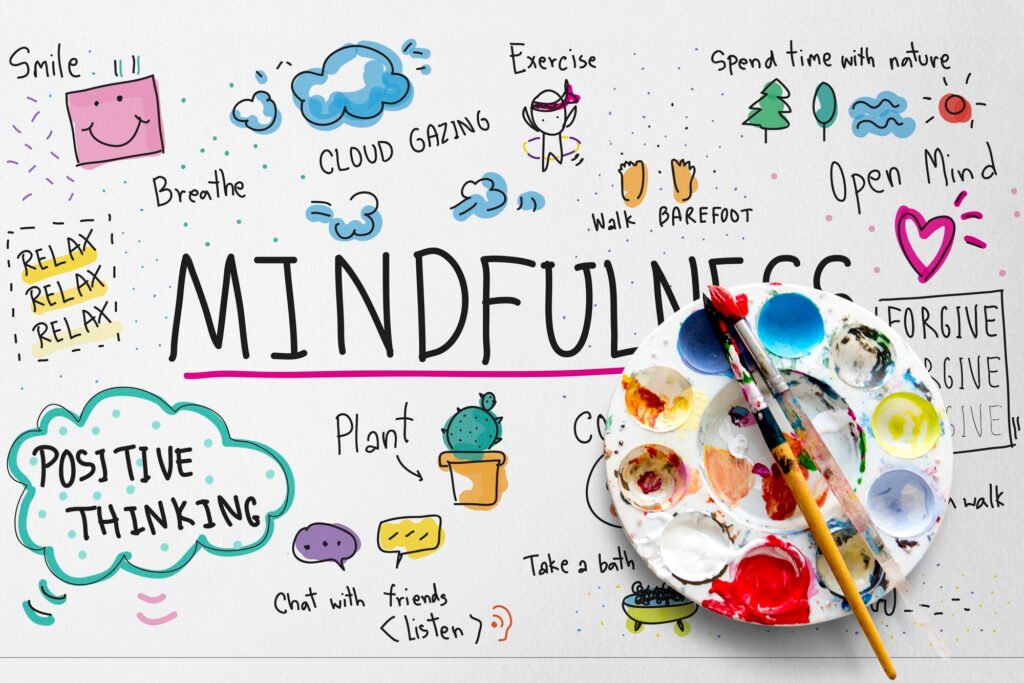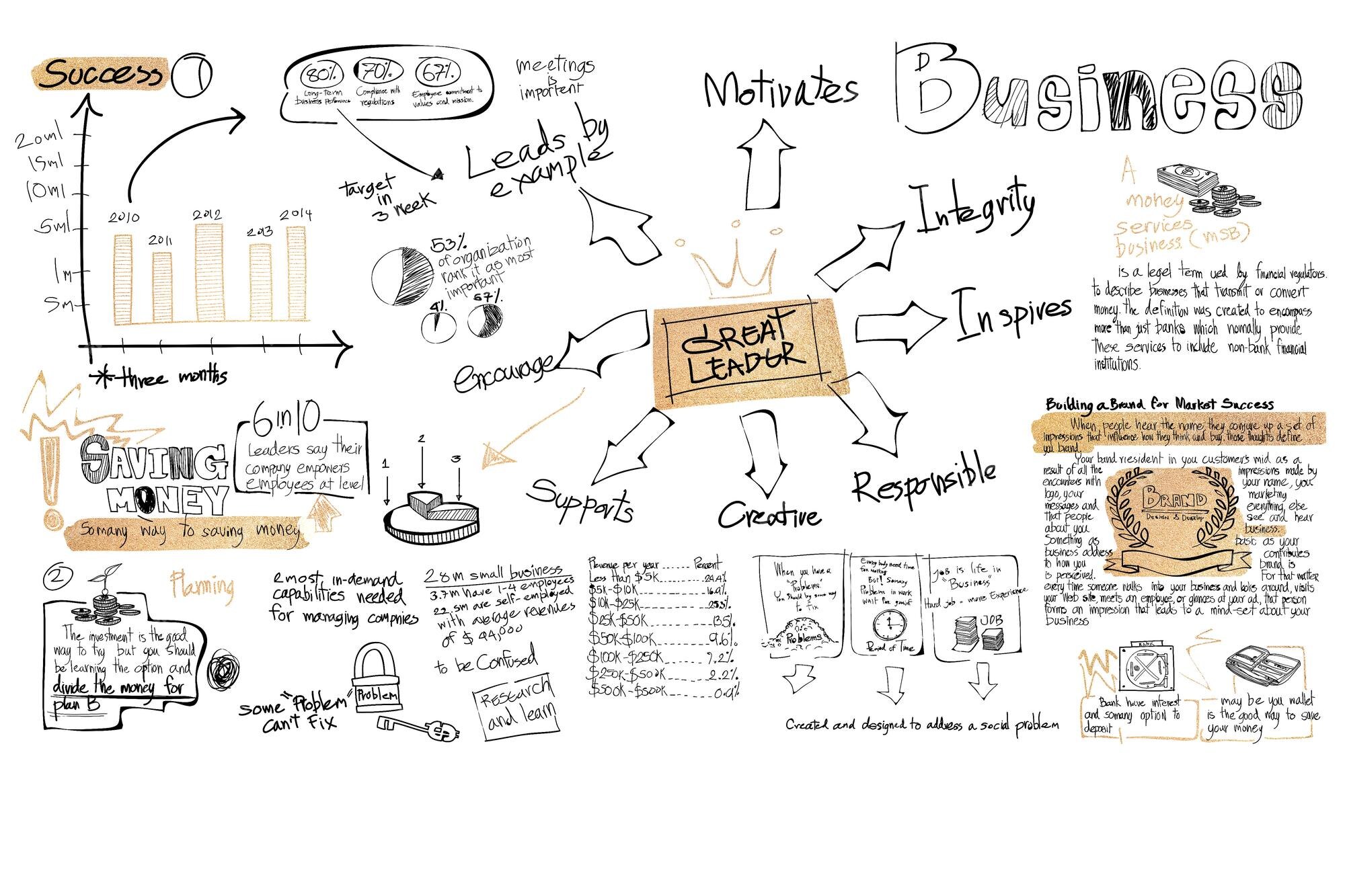Writing has always made me a little scatterbrained. Imagine this: Sitting at my desk with coffee in hand, poised to produce a blog article, my mind chooses this moment to bombard me with a dozen half-baked ideas all at once. A grocery list, a strange metaphor about clouds, characters for a narrative I haven’t begun—really, it’s a disaster.
Have you ever been there?
Mind mapping for writers came in to rescue me from my own disorder there. It’s like letting your brain go free on a playground with guardrails so you don’t lose the plot—literally.
Why is this even matter?
Writing is about wrestling ideas into something comprehensible, interesting, or at least readable, not only about putting words on a page. Writers’ mind mapping is a lifeline for everyone who has ever looked at a blank screen and wondered, “Where do I even start?” not some antiquated method saved for corporate brainstorming meetings.

Stay with me here. I will guide you through what it is, how it has altered my writing game, and why it could just do the same for you. Expect some genuine conversation, a few surprises, and perhaps a trick or two you might want to attempt today.
Let’s dive in!
Deep Dive into Mind Mapping for Writers
For authors, mind mapping is really a visual tool to dump their ideas and link the dots. Starting with a basic idea—say, “my next novel”—you branch out with associated ideas including characters, plot twists, or themes. It’s more like a spider web of inventiveness than a linear plan. And to be honest, it is what makes it so liberating.
What Makes Mind Mapping Different?
The truth is, to me, conventional outlines seem stiff. They’re all “Point A, then Point B,” and if you’re like me, your mind doesn’t always operate that way. Mind mapping enables you scrawl “vague creepy forest vibe” next to “main character’s secret” and determine subsequently how they connect. It’s more about catching the spark than following rules. Research supports this as well; a University of Twente study discovered that visual mapping increases creative problem-solving by allowing your brain to see links you would otherwise overlook in a straight list. Pretty amazing, don’t you think?
How It Works in Practice?
So how do you really accomplish it? Write your key concept in the center using a digital tool like XMind if you’re fancy or pen and paper. Then let your ideas flow. Whatever works: drawings, short words. A blog post may begin with “mind mapping for writers” and then cover “brainstorming,” “organizing chapters,” and “overcoming writer’s block.” No need to be tidy. The messier, the better—it’s like your brain’s raw video before editing. From there, you may construct, link, and adjust. Once you start, it’s really natural.
Why Writers Need This?
Writing can be daunting – let’s not fooll ourselves. You have deadlines, story holes, or simply the absolute terror of a blank page. Writers’ mind mapping helps to cut through that commotion. When you’re buried in the weeds, mind mapping helps you to see the broad picture, plan without overthinking, and brainstorm free of judgment.
Though it’s just as useful for essays or blog posts, I’ve found it particularly useful for fiction—mapping out character motivations or subplots. It’s a clarity cheat code.
My Personal Experience with Mind Mapping
Okay, real talk time.
A few years ago, when I was buried in a book draft, I first came across mind mapping for authors. I had this vast fantasy concept—think dragons, warring kingdoms, the works—but it was a muddled mess in my thoughts. I would pen a scene only to find it unsuitable for any location. Annoying? You bet. One night, half-asleep and frantic, I took up a notebook and began to scrawl. Then came “hero’s village,” “mysterious rider,” “hidden prophecy”; “dragon attack” went in the center. It was hectic, but for the first time I could see the narrative.
What did I enjoy?
Its speed.
Ideas flowed and I didn’t have to fight them into flawless phrases immediately. It seemed more like play than labor. But—here’s the catch—it wasn’t all sunny. Reading my first maps afterward was a nightmare. No color coding, arrows all over, little writing. I’d squint at it as though to say, “What even is this?” Lesson learned: perhaps use a digital tool next time; maintain legibility. That untidy map still got me free and I’ve been addicted ever after. Though not ideal, it’s genuine and effective.
Expert-Level Insights and Practical Advice
Having now opened my heart, let’s go into some nitty-gritty suggestions. For authors, mind mapping is about using it for you, not only about throwing thoughts on a paper. Here’s what I’ve learned so far, along with some tips to improve it.
Start Small, Then Expand
Don’t stress yourself out. Map one aspect of your project—such as a character arc or a blog post hook—first if you are unfamiliar with this. Imagine a mystery. Focus it on “who’s the killer?” and spread out: “suspects,” “clues,” “red herrings.” Once you are comfortable, think larger. That makes it less scary.
Use It to Beat Writer’s Block
Have you ever reached that wall where words simply won’t flow? I have been there much too often. Next time, try this: chart your reasons for being stuck. Focus it on “writer’s block”; then spread to “no ideas,” “too tired,” “plot’s confusing.” Seeing it put out can inspire a solution—like understanding you need a break or a twist to liven things up. A research by the British Psychological Society even indicates that visual tools like this one can shock your brain out of a rut. Worked for me more than once.
Mix It Up with Tools
Paper is wonderful, but digital thought mapping tools—think MindMeister or perhaps Canva—add bells and whistles. Easy editing, collapsible branches, and color choices. Imagine you are shuffling subplots about for a planned book. Drag, drop, finished. These have proven particularly useful for larger tasks where my handwriting struggles to keep pace.
Imagine you are halfway through a short tale and the conclusion is empty. Get a mental map. Focus it on “story climax” and then throw out crazy ideas—”betrayal,” “storm hits,” “secret revealed.” Just investigate; no rush to commit. I have done this and found turns I would not have otherwise tripped on.
Ring a bell?
We’ve all had that one spark that transforms everything.
Keep It Flexible
The truth is, don’t over-plan your map. It’s a sandbox, not a contract. Run with it if your blog post mapping leads you on a crazy tangent—say, “mind mapping for writers could tie into meditation.” The whole objective is flexibility. Stiff maps miss the point.
Conclusion
Reflecting back, writer’s mind mapping has completely transformed my experience. It’s not only about arranging; it’s also about allowing myself to think chaotic, to let ideas breathe before I push them into form. Seeing a web of scribbles evolve into a narrative or a post I’m pleased of excites me. Of course, it’s not perfect. I still occasionally find myself with a jumble of lines and half-thoughts, but even that seems like advancement. It’s natural, it’s human, and it drives me on.
What astonishes me most, I suppose, is how intimate everything seems. It’s not a cookie-cutter approach; it shapes to fit my thinking rather than the reverse. Isn’t that what writing is about? Finding your voice in the turmoil? Every time I spread out a map, it’s like a tiny adventure; I’m still adjusting how I utilize it. What about your side? Have you ever attempted something like this—or discovered your own method to control the wild beast of inventiveness? I would be interested to know how you fight your ideas into submission.

Lorelei has been an online entrepreneur, marketer and writer since 2006. Her biggest passion is WordPress, which is why she switched to being a full-time blogger 20 years ago and hasn’t looked back since. With so many years of experience behind her, she is an expert in copywriting, SEO, marketing and business strategies.






